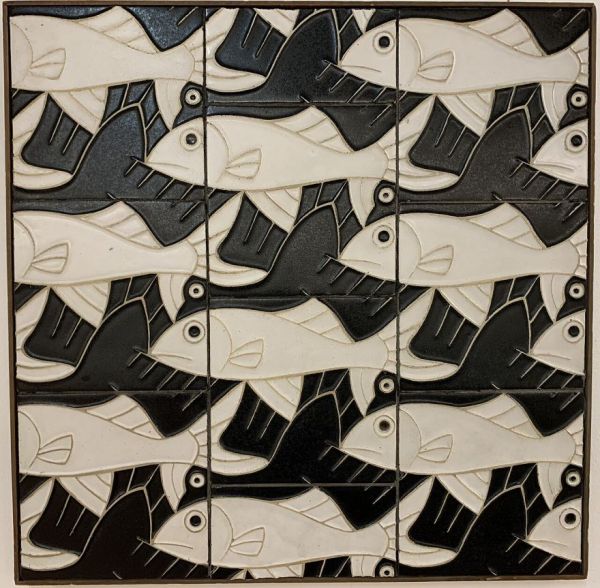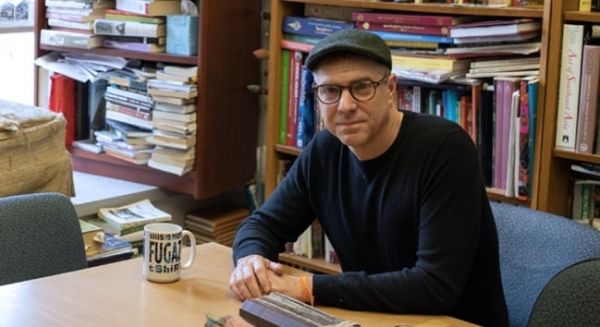Housekeeping is not a prestigious profession, but any job takes skill and, given enough time, consideration, and determination, a person can demonstrate a mastery of that occupation that can astound outsiders.
The International Sanitary Supply Association is a professional organization for the people who keep our environments clean, safe, and orderly. Each year for 35 years, the ISSA conducts a championship competition of core housekeeping skills. Teams from the top hotels of Las Vegas converge in an arena to prove which is the best at vacuum cleaning, mopping, floor scrubber driving, and more.
Fox 5 Vegas News reports that, last December, teams from Resorts World, Aria, and V-dara claimed the top prizes. Watch them in action.
-via David Thompson










